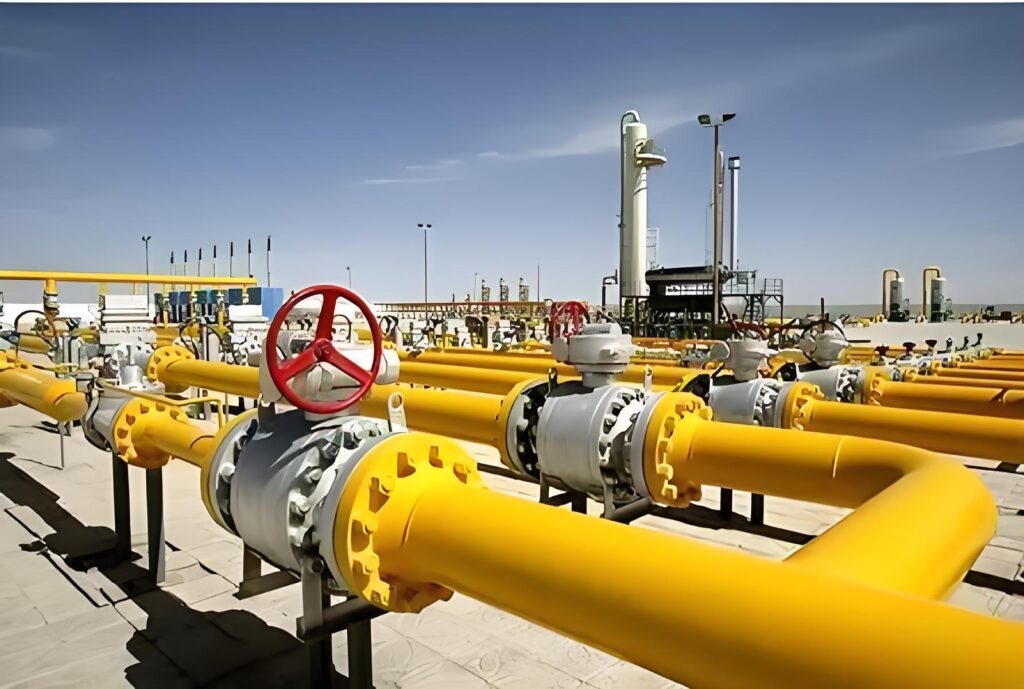Introduction: The Critical Role of Pipelines and the Challenge of Leaks
Oil and gas pipelines are the lifelines of the energy sector, transporting vast quantities of resources over extensive distances. However, leaks in these pipelines can lead to catastrophic environmental damage, significant economic losses, and pose serious safety risks. Traditional monitoring methods often fall short in providing real-time, accurate leak detection, leading to delayed responses and exacerbated consequences. This blog explores how digital twins empowered by IoT sensors and AI analytics are transforming oil and gas pipeline monitoring from reactive to predictive, enabling real-time leak warning and system optimization like never before.
Table of contents
- Introduction: The Critical Role of Pipelines and the Challenge of Leaks
- What is Digital Twins and Their Application in Pipeline Monitoring
- IoT Sensors: Building the Sensory Layer of the Pipeline
- AI Algorithms: The Brain Behind Leak Detection
- Integrating IoT and AI into a Comprehensive Monitoring System
- Challenges and Considerations in Implementation
- Future Outlook: Toward Autonomous Pipelines
- FAQs
What is Digital Twins and Their Application in Pipeline Monitoring
A digital twin is a dynamic, virtual representation of a physical asset, system, or process. In the context of oil and gas pipelines, digital twins replicate the physical pipeline’s characteristics, behaviors, and conditions in real-time. This replication is achieved by integrating data from various sensors and IoT devices installed along the pipeline.
Key Benefits:
Real-Time Monitoring: Continuous data collection enables instant detection of anomalies.
Predictive Maintenance: AI algorithms analyze trends to predict potential failures before they occur.
Enhanced Decision-Making: Operators can make informed decisions based on accurate, real-time data.
IoT Sensors: Building the Sensory Layer of the Pipeline
IoT sensors are the foundational elements of the digital twin, providing the necessary data to replicate and monitor the Oil and gas pipelines’ state. These sensors are strategically placed along the pipeline to capture various parameters:
- Pressure Sensors: Detect changes that may indicate leaks or blockages.
- Temperature Sensors: Monitor thermal variations that could signify operational issues.
- Flow Meters: Measure the rate of oil or gas flow to identify discrepancies.
- Acoustic Sensors: Capture sound waves that may indicate structural issues or leaks.
These sensors communicate data through networks such as LoRa, NB-IoT, or 5G, ensuring reliable and timely data transmission even in remote locations.

AI Algorithms: The Brain Behind Leak Detection
AI plays a pivotal role in analyzing the vast amounts of data collected by IoT sensors. By employing machine learning algorithms, the system can:
Detect Anomalies: Identify patterns that deviate from normal operations.
Predict Failures: Forecast potential issues based on historical and real-time data.
Reduce False Alarms: Differentiate between actual leaks and benign anomalies, minimizing unnecessary interventions.
For instance, a study utilizing a Least Squares Twin Support Vector Machine (LSTSVM) algorithm achieved a 95% accuracy rate in pressure signal testing, demonstrating the efficacy of AI in leak detection .
Integrating IoT and AI into a Comprehensive Monitoring System
The synergy between IoT and AI culminates in a robust, end-to-end pipeline monitoring system:
Data Collection: IoT sensors continuously gather data on various pipeline parameters.
Data Transmission: Collected data is transmitted in real-time to centralized systems via reliable networks.
AI Data Analysis: AI algorithms process the data to detect anomalies and predict potential failures.
Visualization: Operators access a user-friendly dashboard displaying real-time pipeline conditions, alerts, and predictive insights.
Response: In case of detected anomalies, the system can trigger automated responses or alert human operators for intervention.
This integrated approach ensures proactive maintenance, minimizes downtime, and enhances overall pipeline safety.
Challenges and Considerations in Implementation
While the integration of IoT and AI into pipeline monitoring offers numerous benefits, several challenges must be addressed:
- Data Security: Ensuring the protection of sensitive data from cyber threats.
- Infrastructure Costs: Initial investment in sensors, networks, and analytical tools can be substantial.
- Technical Expertise: Requires skilled personnel to manage and maintain advanced monitoring systems.
- Integration with Legacy Systems: Ensuring compatibility with existing infrastructure and processes.
Addressing these challenges involves strategic planning, investment in training, and collaboration with technology providers.
Future Outlook: Toward Autonomous Pipelines
As AI, IoT, and digital twins evolve, the oil and gas industry is moving toward autonomous pipeline systems. These will feature:
- Self-healing mechanisms: AI algorithms automatically adjust flows or activate backup routes during faults.
- Integration with drones and robotics: For visual inspections and automated repair.
- Cloud-edge hybrid models: Critical decisions made at the edge, long-term analytics in the cloud.
- Cross-border collaboration platforms: Allowing multiple stakeholders to access and act on trusted pipeline data.
This shift promises not only zero-leak detection but also zero-downtime operations.
FAQs
Yes. Retrofit IoT sensors and platform integrations enable legacy pipelines to benefit from digital twin models.
By analyzing multi-sensor data and historical patterns, AI improves accuracy over time, reducing false positives.
Absolutely. Underwater sensors and satellite connectivity enable remote offshore pipeline monitoring.
While upfront costs can be significant, reduced leak incidents, lower maintenance costs, and regulatory compliance yield high long-term value.
Yes. Digital twin platforms are modular and can be scaled across regions, asset types, and monitoring depth.
